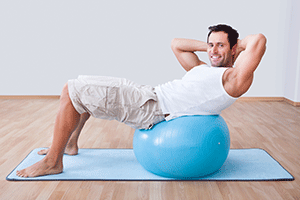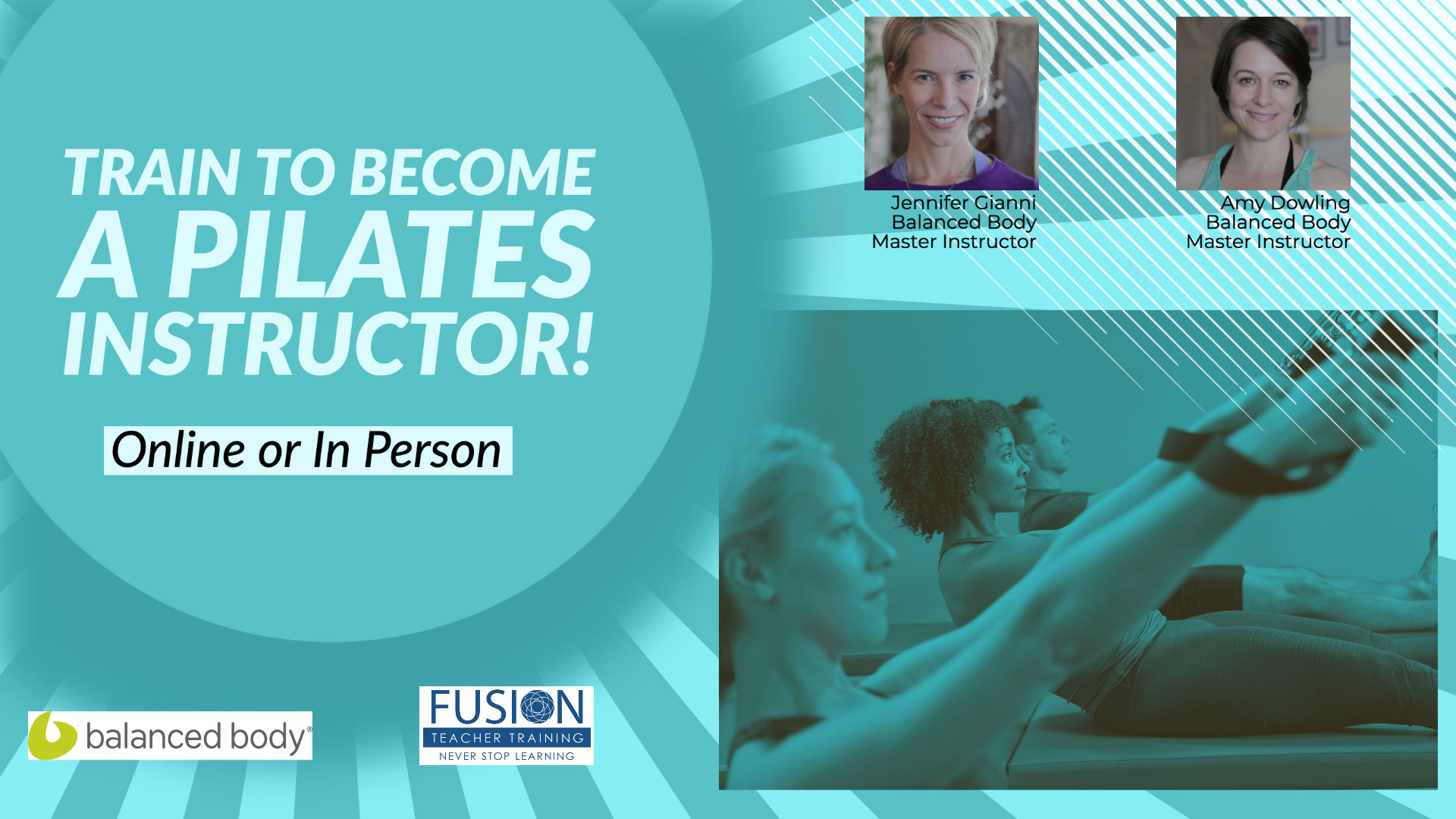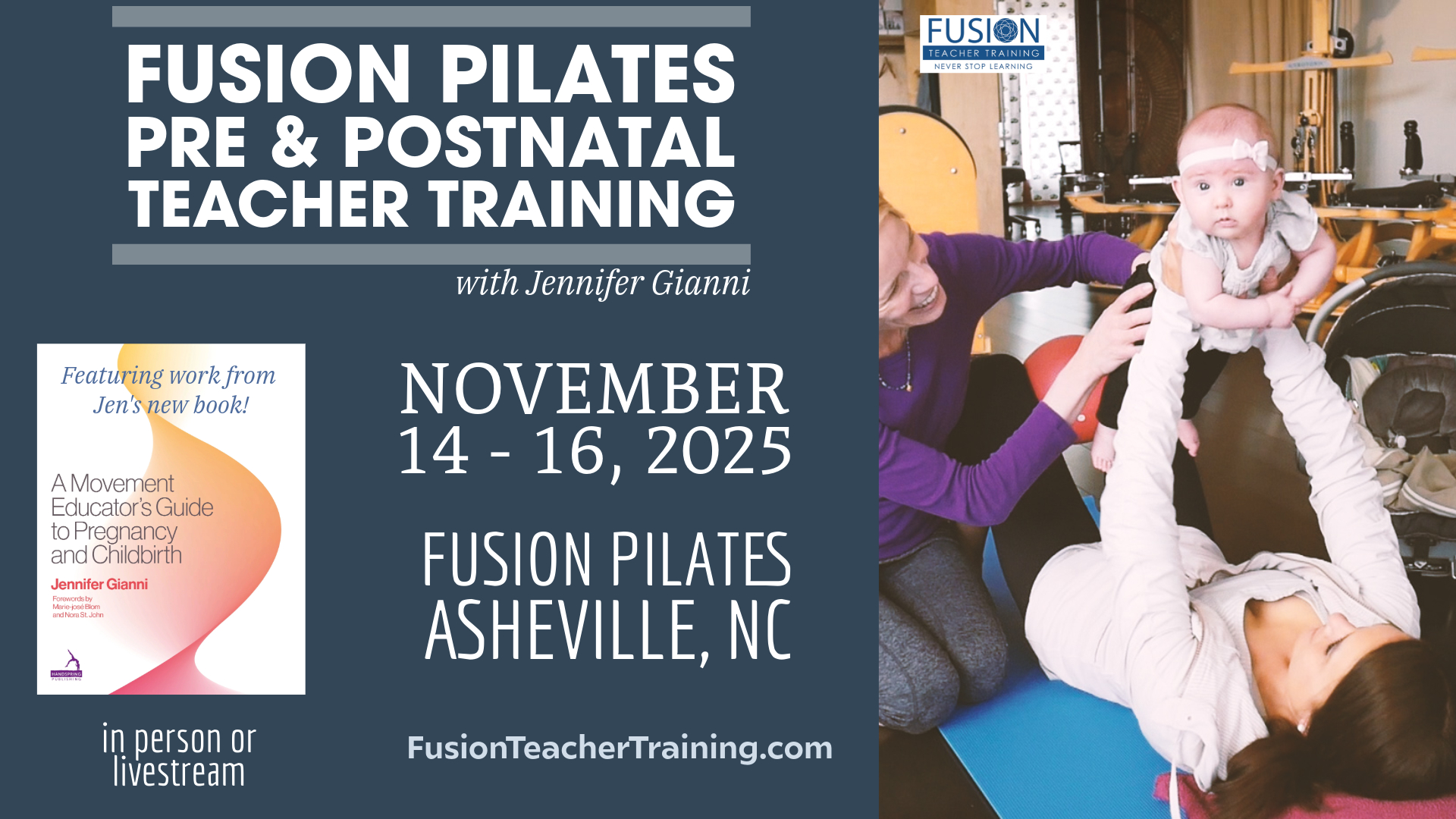 In this first installment, we will bring the Pilates abdominal work back to the basics. In this article and future posts involving abdominal work on the stability ball you will see and feel the extra punch it gives your traditional Pilates mat work! All the same rules apply but now you have to work extra hard to find your center on this unstable environment under you (the stability ball). Let’s return to the basic foundation of Pilates, where every movement originates, the breath.
In this first installment, we will bring the Pilates abdominal work back to the basics. In this article and future posts involving abdominal work on the stability ball you will see and feel the extra punch it gives your traditional Pilates mat work! All the same rules apply but now you have to work extra hard to find your center on this unstable environment under you (the stability ball). Let’s return to the basic foundation of Pilates, where every movement originates, the breath.
Exercise: BELLY BREATH
This type of breath creates more calm and relaxation in the body. Breathing into the belly also helps create more glide in the diaphragm. Because our lungs and heart rest on top of and travel up and down with the diaphragm, it means more glide in the diaphragm, more massage, more circulation, and less stagnation for our heart and lungs. It also means more massage, more circulation, and less stagnation for everything under the diaphragm such as the intestines, stomach, and pelvic organs.
• Lie on your mat face up with the stability ball resting on your stomach. The knees should be bent with the feet flat on the floor.
• Inhale deeply and fill your belly with breath. Feel the ball rise to the ceiling.
• Exhale out of the mouth with a slow, steady stream. Imagine your breath as a marathon runner with lots of endurance. Feel how the ball lowers as you exhale and empty the belly.
• Do 4 to 5 more cycles of this full, slow breath.
Exercise: LATERAL RIBCAGE BREATHING
This type of breath is a traditional Pilates breath, which helps strengthen the abdominals and our connection to our core. By directing the breath into the back and sides of the ribcage instead of the belly, we are able to keep the transverse abdominal muscle (our deepest abdominal muscle, the famous seat belt muscle) on and engaged throughout numerous cycles of breath!
• Lie on your mat face up with the stability ball resting on your stomach.
• The knees should be bent with the feet flat on the floor.
• Inhale deeply and direct the breath into the sides and back of the ribcage. Imagine that your back ribs are balloons inflating into the mat under you as you inhale.
• Do not let the belly inflate. You should not see or feel the ball rising to the ceiling.
• This is a much more challenging breath pattern, so be patient and practice consistently.
• Exhale out of the mouth with a slow long breath.
• Focus on pulling the deep seat belt muscle in and across the front of your pelvis as you exhale.
• On your next inhale, hold the work you’ve found in your deep seat belt muscle and breathe into the side/back ribs.
• On the next exhale, try to deepen the contraction of that seat belt muscle.
• It takes a while, but see how many breath cycles you can accomplish without letting go of that seat belt muscle contraction.
Exercise: SIMPLE ABDOMINAL CURLS
In this exercise, we will learn how to bring the head and shoulders up without gripping in the neck and upper shoulder muscles. When performing this simple ab curl, you want the pelvis to remain in a neutral position when the head and shoulders come up. As you roll to the tips of your shoulder blades, you should feel that deep seat belt muscle pull in and across on the front of the pelvis. Remember that there should be no gripping of the behind as you roll the head and shoulders up.
• Lie on your back with the ball under your knees, knees in line with your hips.
• Place your hands behind the head and elbows wide. With the head down, use the hands to pull the head away from the shoulders to ensure that the neck is in a lengthened position.
• Inhale to prepare and (without jamming) begin to lengthen the chin toward the chest while the head is still down.
• Imagine your ribcage as a wheel. You will use the image of this wheel (the front ribs rolling into the back ribs) to bring the head and shoulders up. Most people make the mistake of initiating the ab curl by gripping in the neck muscles.
• Exhale and start to wheel the ribs forward, bringing the head and shoulders up so that the tips of the shoulder blades are on the mat and you are looking between your legs. You want to also check that there is no gripping of the behind and that the pelvis has remained neutral.
• Inhale and hold.
• Exhale and return the head and shoulders back down to the mat.
• Repeat 8 times, slowly and controlled.
Thanks – let me know what you think!
~ by Jennifer Gianni




Leave A Reply (No comments So Far)
Please - comments only. All Pilates questions should be asked in the Forum. All support questions should be asked at Support.
You must be logged in to post a comment.
No comments yet.